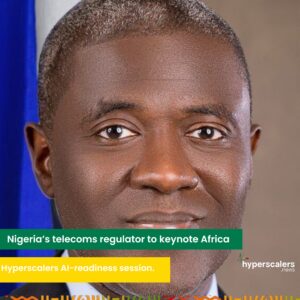New data from the International Telecommunication Union (ITU) reveals a global increase in internet connectivity, yet the digital divide persists, particularly in low-income countries. The ITU’s latest Facts and Figures report, released on Monday, indicates that 5.4 billion people, or approximately 67% of the world’s population, are now online—an increase of 4.7% from 2022. Despite this growth, around 2.6 billion people remain unconnected.
In low-income countries, the number of internet users has risen by just over 44% since 2020, with a 14.3% increase in the past year, compared to about 1% in high-income countries. However, it’s crucial to note that this growth is relative, given the lower initial number of users in low-income countries. Presently, 27% of people in low-income countries use the internet, up from 24% a year ago, while in high-income countries, the figure is 93%.

The report, which now includes analysis of internet data usage, highlights that fixed-broadband services account for over 80% of global internet traffic in 2022. Nevertheless, this concentration is primarily observed in high-income countries, as most low-income countries exhibit higher mobile penetration than fixed-line penetration. In some countries in Africa, fixed broadband is less than 5%, while mobile broadband is increasing.
Notably, the ITU report reveals that internet users in low-income countries not only have lower connectivity rates but also use significantly less data. Monthly fixed-broadband data usage in low-income countries averaged 161 GB per subscription, compared to 1 GB per mobile-broadband subscription. This discrepancy hampers the full potential of connectivity and the benefits of digital transformation in these regions.
Moreover, the growth of 5G is predominantly concentrated in higher-income countries, with almost 40% global coverage by the end of 2022, but 89% of those with access to 5G residing in high-income countries. In low-income countries, 5G is mostly absent or in trials, while 4G reaches only 39% of the population. The gender divide remains a persistent issue globally, with 70% of men using the internet compared to 65% of women, and this gap widens in low-income and least-developed countries.
Dr. Cosmas Luckyson Zavazava, Director, Telecommunication Development Bureau, ITU, emphasizes that despite some positive developments, the digital divide between high and low-income countries is deepening. The report aims to guide efforts and resources toward achieving universal and meaningful connectivity.
The digital divide is a global challenge, but is particularly acute in Africa, where it hinders economic growth, social development, and access to essential services. For many in Africa, the lack of internet access limits opportunities for education, employment, and participation in civic life. Closing the divide will require a multi-pronged approach across public, private sector and civil society, that addresses infrastructure, affordability, digital literacy, and relevant content.




